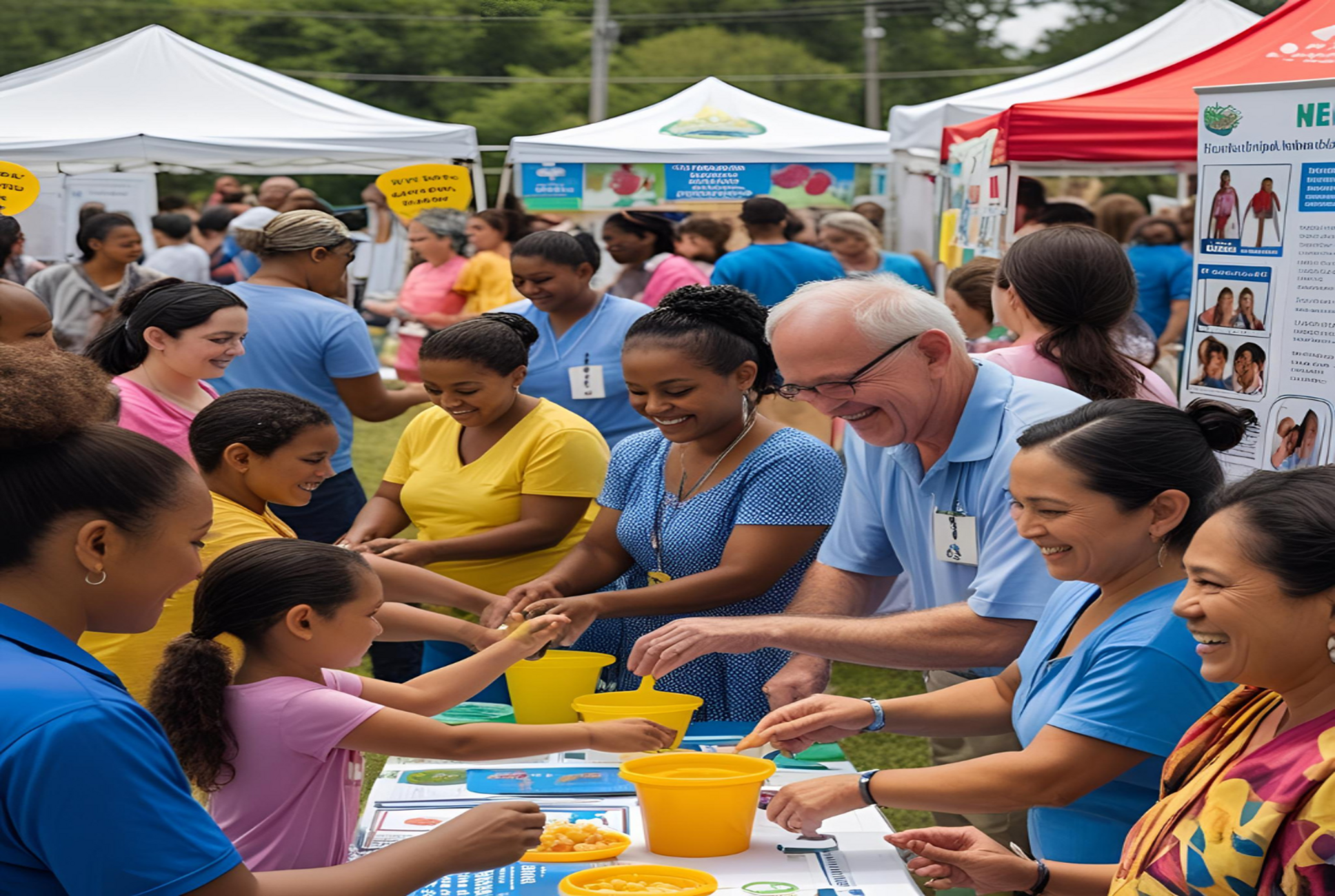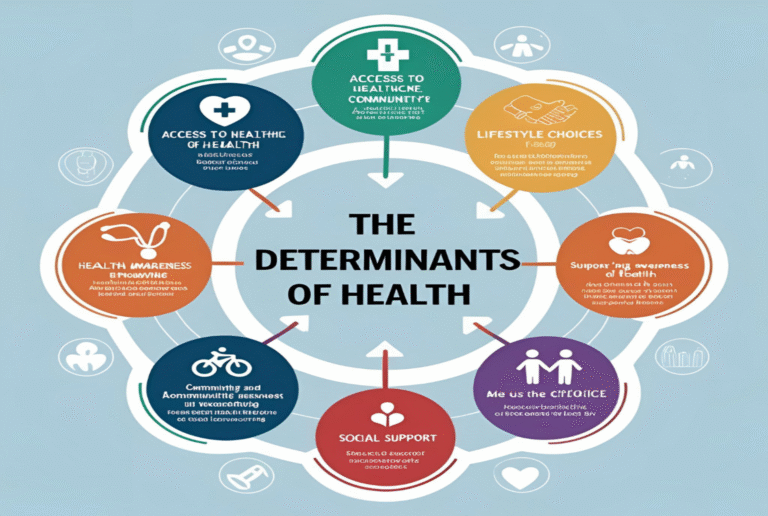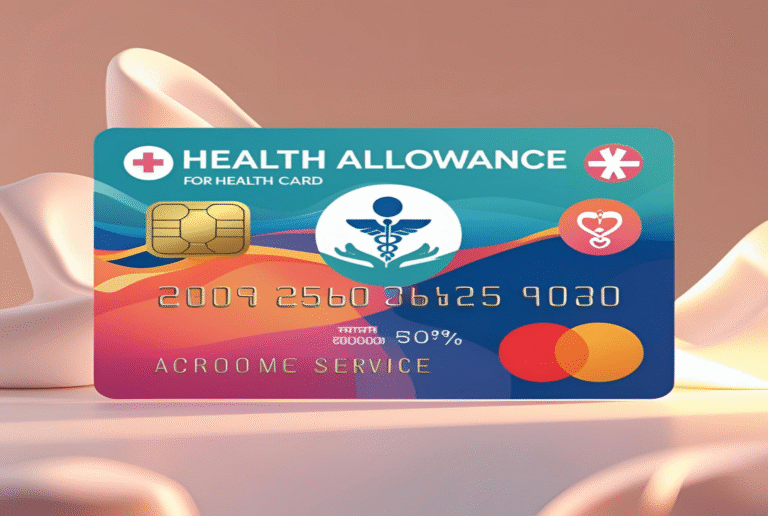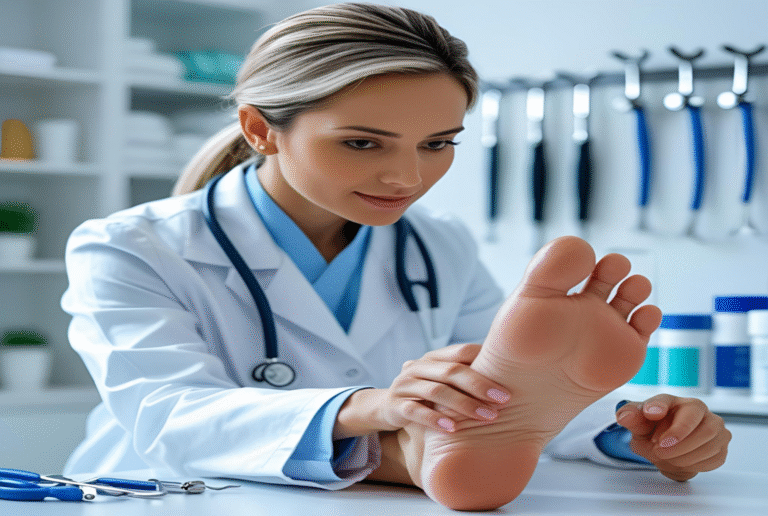Health and Hygiene
Health and Hygiene: A Complete Guide to Personal and Public Well-being
1. Introduction: Why Health and Hygiene Matter
Health and Hygiene In every corner of the world, health and hygiene are fundamental to human well-being. From preventing illness to improving mental health and community safety, hygiene is not just about being clean—it’s about being conscious, respectful, and proactive about our personal and public environments.
2. Understanding Health and Hygiene
What Is Health?
According to the World Health Organization (WHO), health is a state of complete physical, mental, and social well-being—not merely the absence of disease.
What Is Hygiene?
Hygiene refers to practices and conditions that help maintain health and prevent the spread of diseases. It includes personal cleanliness, food and water safety, environmental cleanliness, and more.
Why They’re Linked
Hygiene is one of the most effective tools in preventing infectious diseases and maintaining physical and mental health. Good hygiene habits support immune function, reduce healthcare costs, and improve quality of life.
3. The Connection Between Hygiene and Overall Health
When hygiene is poor, germs and viruses flourish—leading to preventable conditions like:
- Diarrhea and gastrointestinal infections
- Respiratory illnesses
- Skin diseases
- Dental problems
- Eye and ear infections
Conversely, good hygiene practices can reduce absenteeism at work and school, lower medical expenses, and increase productivity.
4. Types of Hygiene Practices
Hygiene isn’t just one practice—it’s a collection of habits, each playing a role in maintaining overall health.
Major Types Include:
- Personal Hygiene
- Hand Hygiene
- Oral Hygiene
- Food Hygiene
- Environmental Hygiene
- Menstrual Hygiene
- Respiratory Hygiene
Understanding and practicing each type can drastically reduce disease risk and promote wellness across the board.
5. Personal Hygiene: The First Line of Defense
Personal hygiene involves maintaining cleanliness of the body and clothing to prevent infection and social discomfort.
Key Practices:
- Daily bathing or showering
- Washing hands before meals and after bathroom use
- Using deodorant and wearing clean clothes
- Proper hair, nail, and foot care
- Safe menstrual hygiene for women
Benefits:
- Prevents body odor and skin infections
- Boosts self-esteem and mental well-being
- Reduces spread of contagious diseases
6. Environmental Hygiene: Creating Healthy Spaces
Environmental hygiene refers to keeping our surroundings clean to prevent disease and promote wellness.
Focus Areas:
- Waste management
- Proper sewage disposal
- Clean water supply
- Sanitation of public areas
- Air pollution control
A clean environment reduces exposure to harmful pathogens and allergens, helping both individuals and communities thrive.
7. Public Hygiene and Community Health
In any society, public hygiene is essential to maintaining collective well-being.
Public Hygiene Measures Include:
- Public restroom maintenance
- Street cleaning and waste disposal
- Food safety inspections
- Vector control (mosquitoes, rats)
- Access to clean drinking water
Why It Matters:
Poor public hygiene can lead to widespread outbreaks of cholera, typhoid, COVID-19, and other infectious diseases.
8. Hygiene and Disease Prevention
Hygiene is among the simplest and most cost-effective methods of preventing illness.
Top Preventable Diseases Through Hygiene:
- Respiratory infections (e.g., COVID-19, flu)
- Gastrointestinal illnesses (e.g., food poisoning, cholera)
- Parasitic infections
- Skin and wound infections
How Hygiene Helps:
- Kills or removes pathogens
- Limits their spread to others
- Boosts immune function by reducing exposure to harmful bacteria
9. Hygiene Education and Awareness
Why Education Matters:
- Many hygiene-related diseases stem from ignorance or misinformation.
- Teaching hygiene early helps establish lifelong habits.
- Schools, healthcare centers, and communities play a vital role.
Effective Hygiene Education Includes:
- Visual guides and demonstrations
- Workshops in schools and workplaces
- Public health campaigns
- Gender-sensitive approaches for menstrual hygiene
Empowering people with knowledge turns hygiene into a cultural norm.
10. Health and Hygiene for Children
Children are especially vulnerable to hygiene-related diseases due to weaker immune systems and close contact in schools or play areas.
Essential Practices for Kids:
- Regular handwashing with soap
- Brushing teeth twice daily
- Clean school uniforms and shoes
- Nail trimming and ear cleaning
- Awareness about germs and cleanliness
Instilling these habits from a young age supports lifelong health and reduces disease burden on families and schools.
11. Common Barriers to Good Hygiene
Despite its importance, many people face barriers that hinder proper hygiene.
Barriers Include:
- Lack of access to clean water or soap
- Poverty and poor infrastructure
- Lack of education or cultural beliefs
- Gender stigma around menstrual hygiene
Solutions:
- Building inclusive, community-based sanitation facilities
- Government and NGO-led hygiene drives
- Providing low-cost hygiene kits
- Integrating hygiene education into school curricula
12. Hygiene in the Post-Pandemic World
The COVID-19 pandemic has permanently altered our perception of hygiene.
New Norms Include:
- Frequent handwashing and sanitizing
- Mask-wearing in crowded spaces
- Disinfection of surfaces
- Avoiding unnecessary physical contact
- Cough and sneeze etiquette
Hygiene is now a global priority, not just a personal one.
13. Health and Hygiene Tips for Daily Life
Here are simple yet powerful hygiene habits to adopt:
For Individuals:
- Wash hands for 20 seconds using soap and water
- Take regular showers and wear clean clothes
- Brush and floss teeth twice a day
- Keep fingernails trimmed and clean
- Disinfect mobile devices and frequently touched surfaces
For Homes:
- Ventilate rooms daily
- Clean toilets and kitchen counters regularly
- Use natural disinfectants (e.g., vinegar, baking soda)
- Wash bed linens weekly
- Keep garbage bins covered and emptied regularly
Communities:
- Advocate for better sanitation facilities
- Participate in neighborhood clean-up drives
- Promote hygiene education through local events
- Support environmentally safe hygiene products
Consistency is key—small actions every day create long-term results.
14. Final Thoughts
Health and hygiene are not optional—they are essential building blocks for a thriving society. Practicing good hygiene is not just a personal choice, but a social responsibility that protects those around us.






